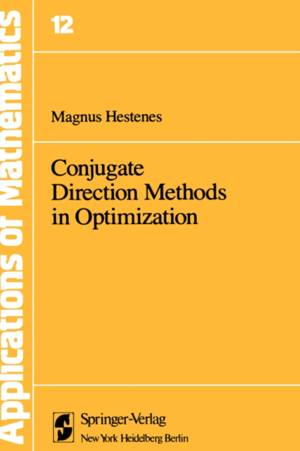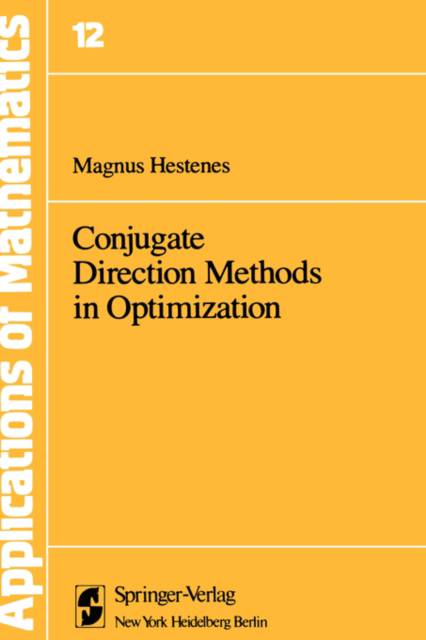
Door een staking bij bpost kan je online bestelling op dit moment iets langer onderweg zijn dan voorzien. Dringend iets nodig? Onze winkels ontvangen jou met open armen!
- Afhalen na 1 uur in een winkel met voorraad
- Gratis thuislevering in België vanaf € 30
- Ruim aanbod met 7 miljoen producten
Door een staking bij bpost kan je online bestelling op dit moment iets langer onderweg zijn dan voorzien. Dringend iets nodig? Onze winkels ontvangen jou met open armen!
- Afhalen na 1 uur in een winkel met voorraad
- Gratis thuislevering in België vanaf € 30
- Ruim aanbod met 7 miljoen producten
Zoeken
Omschrijving
Shortly after the end of World War II high-speed digital computing machines were being developed. It was clear that the mathematical aspects of com- putation needed to be reexamined in order to make efficient use of high-speed digital computers for mathematical computations. Accordingly, under the leadership of Min a Rees, John Curtiss, and others, an Institute for Numerical Analysis was set up at the University of California at Los Angeles under the sponsorship of the National Bureau of Standards. A similar institute was formed at the National Bureau of Standards in Washington, D. C. In 1949 J. Barkeley Rosser became Director of the group at UCLA for a period of two years. During this period we organized a seminar on the study of solu- tions of simultaneous linear equations and on the determination of eigen- values. G. Forsythe, W. Karush, C. Lanczos, T. Motzkin, L. J. Paige, and others attended this seminar. We discovered, for example, that even Gaus- sian elimination was not well understood from a machine point of view and that no effective machine oriented elimination algorithm had been developed. During this period Lanczos developed his three-term relationship and I had the good fortune of suggesting the method of conjugate gradients. We dis- covered afterward that the basic ideas underlying the two procedures are essentially the same. The concept of conjugacy was not new to me. In a joint paper with G. D.
Specificaties
Betrokkenen
- Auteur(s):
- Uitgeverij:
Inhoud
- Aantal bladzijden:
- 325
- Taal:
- Engels
- Reeks:
- Reeksnummer:
- nr. 12
Eigenschappen
- Productcode (EAN):
- 9780387904559
- Verschijningsdatum:
- 18/03/1980
- Uitvoering:
- Hardcover
- Formaat:
- Genaaid
- Afmetingen:
- 156 mm x 234 mm
- Gewicht:
- 644 g

Alleen bij Standaard Boekhandel
+ 518 punten op je klantenkaart van Standaard Boekhandel
Beoordelingen
We publiceren alleen reviews die voldoen aan de voorwaarden voor reviews. Bekijk onze voorwaarden voor reviews.











